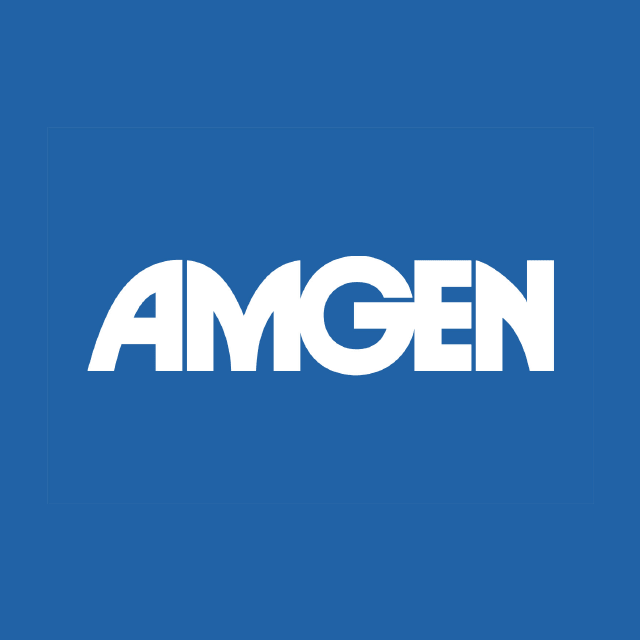Анализ компании Acrivon Therapeutics, Inc.
1. Резюме
Плюсы
- Цена (6.33 $) меньше справедливой цены (9.34 $)
- Доходность акции за последний год (20.33%) выше чем средняя по сектору (-37.33%).
Минусы
- Дивиденды (0%) меньше среднего по сектору (0.5399%).
- Текущий уровень задолженности 3.36% увеличился за 5 лет c 0%.
- Текущая эффективность компании (ROE=-49.83%) ниже чем в среднем по сектору (ROE=9.39%)
Похожие компании
2. Цена акции и эффективность
2.1. Цена акции
2.2. Новости
2.3. Рыночная эффективность
| Acrivon Therapeutics, Inc. | Healthcare | Индекс | |
|---|---|---|---|
| 7 дней | -11.8% | -1.7% | 1.6% |
| 90 дней | -17.3% | -40.1% | 5.8% |
| 1 год | 20.3% | -37.3% | 26.4% |
ACRV vs Сектор: Acrivon Therapeutics, Inc. превзошел сектор "Healthcare" на 57.65% за последний год.
ACRV vs Рынок: Acrivon Therapeutics, Inc. значительно отстал от рынка на -6.09% за последний год.
Стабильная цена: ACRV не является значительно более волатильным чем остальная часть рынка на "NASDAQ" за последние 3 месяца, типичные отклонения в пределах +/- 5% в неделю.
Длительный промежуток: ACRV с недельной волатильностью в 0.3909% за прошедший год.
3. Резюме по отчету
4. Фундаменальный анализ
4.1. Цена акции и прогноз цены
Ниже справедливой цены: Текущая цена (6.33 $) ниже справедливой (9.34 $).
Цена значительно ниже справедливой: Текущая цена (6.33 $) ниже справедливой на 47.6%.
4.2. P/E
P/E vs Сектор: Показатель P/E компании (0) ниже чем у сектора в целом (61.47).
P/E vs Рынок: Показатель P/E компании (0) ниже чем у рынка в целом (51.48).
4.2.1 P/E Похожие компании
4.3. P/BV
P/BV vs Сектор: Показатель P/BV компании (0.9109) ниже чем у сектора в целом (4.79).
P/BV vs Рынок: Показатель P/BV компании (0.9109) ниже чем у рынка в целом (3.44).
4.3.1 P/BV Похожие компании
4.4. P/S
P/S vs Сектор: Показатель P/S компании (0) ниже чем у сектора в целом (33.58).
P/S vs Рынок: Показатель P/S компании (0) ниже чем у рынка в целом (10.3).
4.4.1 P/S Похожие компании
4.5. EV/Ebitda
EV/Ebitda vs Сектор: Показатель EV/Ebitda компании (-1.18) выше чем у сектора в целом (-17.26).
EV/Ebitda vs Рынок: Показатель EV/Ebitda компании (-1.18) ниже чем у рынка в целом (29.6).
5. Доходность
5.1. Доходность и выручка
5.2. Доход на акцию - EPS
5.3. Прошлая доходность Net Income
Тренд доходности: Восходящий и за последние 5 лет вырос на 207.88%.
Замедление доходности: Доходность за последний год (0%) ниже средней доходности за 5 лет (207.88%).
Доходность vs Сектор: Доходность за последний год (0%) ниже доходности по сектору (11.51%).
5.4. ROE
ROE vs Сектор: Показатель ROE компании (-49.83%) ниже чем у сектора в целом (9.39%).
ROE vs Рынок: Показатель ROE компании (-49.83%) ниже чем у рынка в целом (8.95%).
5.5. ROA
ROA vs Сектор: Показатель ROA компании (-43.68%) ниже чем у сектора в целом (0.1519%).
ROA vs Рынок: Показатель ROA компании (-43.68%) ниже чем у рынка в целом (6.3%).
5.6. ROIC
ROIC vs Сектор: Показатель ROIC компании (0%) ниже чем у сектора в целом (7.63%).
ROIC vs Рынок: Показатель ROIC компании (0%) ниже чем у рынка в целом (10.79%).
7. Дивиденды
7.1. Дивидендная доходность vs Рынок
Низкая див доходность: Дивидендная доходность компании 0% ниже средней по сектору '0.5399%.
7.2. Стабильность и увеличение выплат
Не стабильность дивидендов: Дивидендная доходность компании 0% не стабильно платится на протяжении последних 7 лет, DSI=0.
Слабый рост дивидендов: Дивидендный доход компании 0% слабо или не растет за последние 5 лет. Рост на протяжении только 0 лет.
7.3. Процент выплат
Покрытие дивидендами: Текущие выплаты из доходов (0%) находятся на не комфортном уровне.
Оплатите подписку
Больше функциональности и данных для анализа компаний и портфеля доступно по подписке



